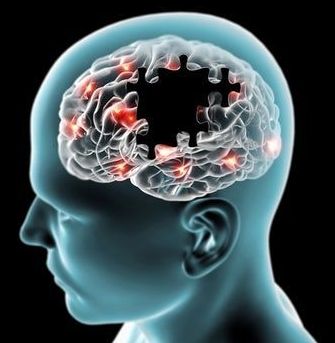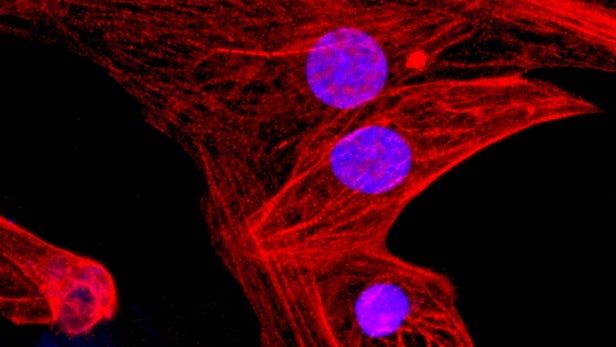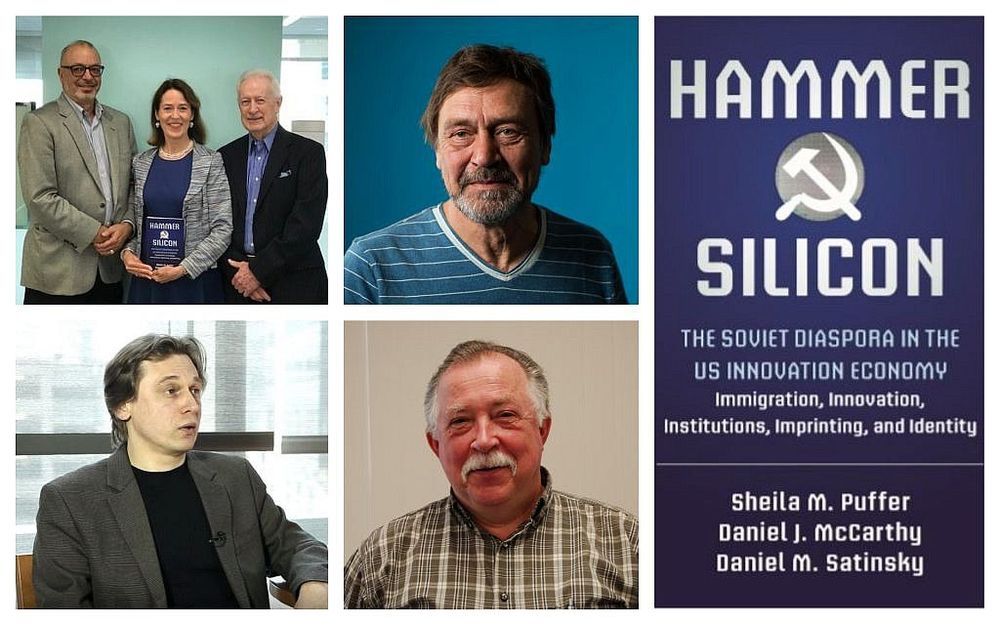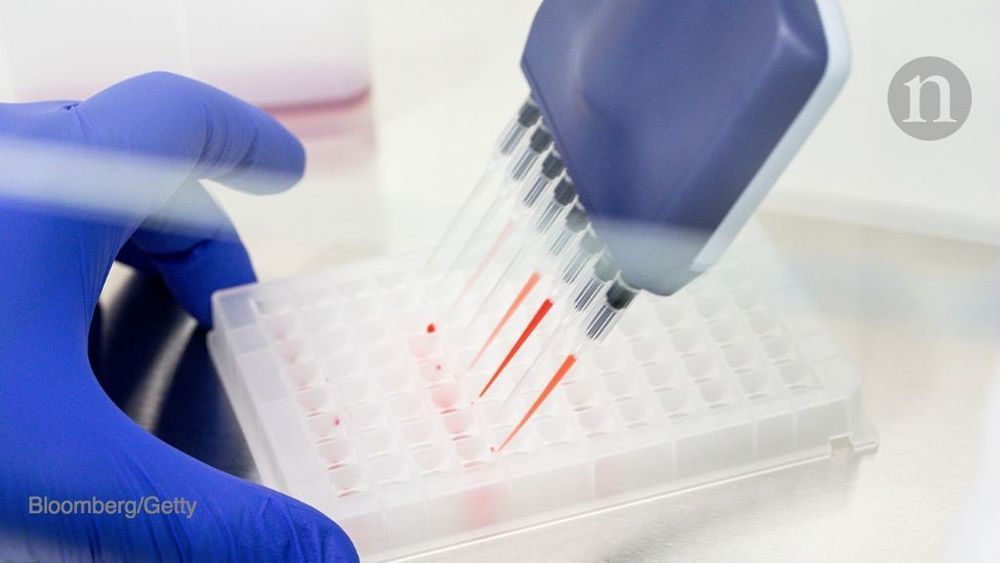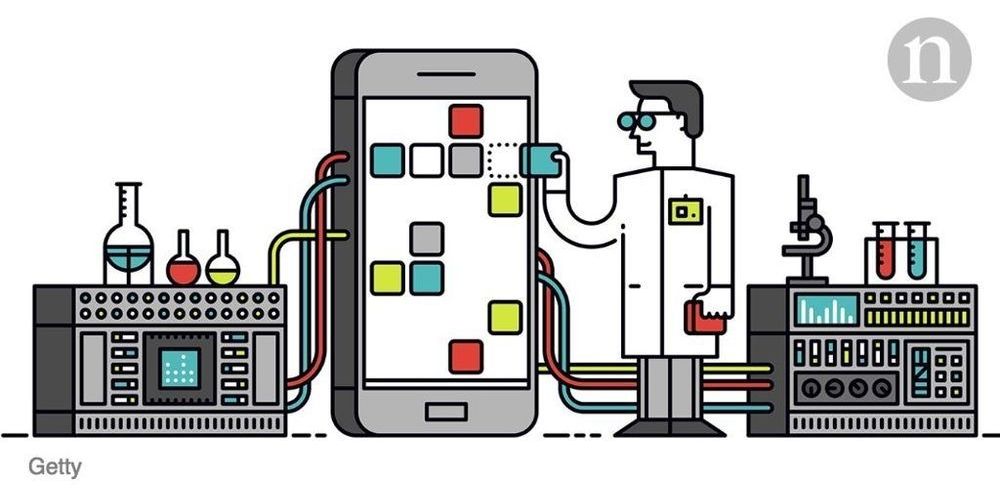Page 8146
Feb 19, 2019
Dementia eliminates the ability to daydream, sufferers are “stuck in the moment”
Posted by Genevieve Klien in categories: biotech/medical, neuroscience
Daydreaming, thinking about the past, planning for the future, or just letting your mind wander off from the current moment occupies our thoughts for a large part of every day. However, a new study has revealed patients suffering from a specific kind of early-onset dementia may have completely lost the ability to do this and seem perpetually “stuck in the moment”.
Feb 19, 2019
Unraveling the Mystery of ‘Deadly Dreams’ Syndrome
Posted by Genevieve Klien in category: biotech/medical
In December 1981, the Centers for Disease Control (the name was amended to add “Prevention” in 1992) published a report detailing sudden, unexpected deaths during sleep among mostly young, male, Southeast Asian refugees in the United States. Thirty-three of those who died were from Laos, four were from Vietnam, and one was from Cambodia. “The abruptness of the deaths reported here is compatible with a cardiac dysrhythmia,” the report stated, “but the underlying mechanism remains unclear.” Proposed explanations included stress from immigration and resettlement, sleep abnormalities, undiagnosed heart defects, and dietary deficiencies, but nothing could be proven. So it began to be called sudden unexplained death syndrome, or SUDS, and was quickly recognized as a leading cause of death among young men from Southeast Asia.
What I left out is a recurring feature in which book authors are invited to share anecdotes and narratives that, for whatever reason, did not make it into their final manuscripts. In this installment, Sandeep Jauhar shares a story that didn’t make it into his latest book, “Heart: A History,” (Farrar, Straus and Giroux.)
Brugada syndrome is believed to be responsible for roughly 20 percent of deaths in patients with structurally normal hearts.
Continue reading “Unraveling the Mystery of ‘Deadly Dreams’ Syndrome” »
Feb 19, 2019
Landmark research creates “universal” stem cells using CRISPR gene editing
Posted by Genevieve Klien in categories: bioengineering, biotech/medical, genetics
In an incredible milestone, scientists have for the first time created “universal” stem cells by using CRISPR gene-editing technology to produce pluripotent stem cells that can be transplanted into any patient without generating an immune system response.
Feb 19, 2019
A polariton filter turns ordinary laser light into quantum light
Posted by Genevieve Klien in category: futurism
An international team of researchers led out of Macquarie University has demonstrated a new approach for converting ordinary laser light into genuine quantum light.
Feb 19, 2019
Talga reports positive test results on its graphene silicon Li-ion battery anode project
Posted by James Christian Smith in categories: energy, materials
Talga Resources has revealed new test results on the ongoing optimization of its graphene silicon Li-ion battery anode product, Talnode™- Si. According to Talga, the battery anode product returns further performance gains, now delivering ~70% more energy density than commercial graphite-only anodes.
The product reportedly provides a “drop in” solution for improving current Li-ion battery performance. Commercial samples under confidentiality and material transfer agreements are scheduled to commence delivery around the end of February 2019 — recipients are said to include some of the world’s largest electronic corporations.
For your convenience, a search was performed using the query ‘talga reports positive test results its graphene silicon li ion battery anode project talnode si’:
Feb 19, 2019
Artificial intelligence alone won’t solve the complexity of Earth sciences
Posted by Derick Lee in categories: climatology, particle physics, robotics/AI
One way to crack this problem, according to the authors of a Perspective in this issue, is through a hybrid approach. The latest techniques in deep learning should be accompanied by a hand-in-glove pursuit of conventional physical modelling to help to overcome otherwise intractable problems such as simulating the particle-formation processes that govern cloud convection. The hybrid approach makes the most of well-understood physical principles such as fluid dynamics, incorporating deep learning where physical processes cannot yet be adequately resolved.
Studies of complex climate and ocean systems could gain from a hybrid between artificial intelligence and physical modelling.
Feb 18, 2019
These are the Russian-speaking Jewish Americans you never knew changed your life
Posted by James Christian Smith in categories: biotech/medical, life extension
Clockwise from top left: ‘Hammer and Silicon’ authors Daniel Satinsky, Sheila Puffer, and Daniel McCarthy (Courtesy Sheila Puffer); scientist Slava Epstein (Adam Glanzman/ Northeastern University); Vladimir Torchilin, director of pharmaceutical biotechnology and nanomedicine at Northeastern University; anti-aging researcher at Harvard, Vadim Gladyshev (YouTube screenshot).
Feb 18, 2019
Investors bet billions on health-care start-ups with paltry publication records
Posted by James Christian Smith in categories: biotech/medical, health, policy
I remember the #DotCom crash all too well.
The publication record of health-care start-up companies doesn’t seem to matter to investors, according to an analysis of nearly 50 biomedical ‘unicorns’ — venture-capital-backed companies valued at more than US$1 billion. The analysis, led by health-policy researcher John Ioannidis at Stanford University in California, finds no correlation between a company’s market valuation and its publication record — defined as the number of peer-reviewed papers authored directly by a firm. That’s a cause for concern, the authors say.
Firms can achieve fêted ‘unicorn’ valuations without publishing much peer-reviewed science. Health-care start-ups can reach billion-dollar valuations without publishing in peer-reviewed journals, but skipping that step can catch them out.
Feb 18, 2019
How to use Twitter to further your research career
Posted by James Christian Smith in categories: internet, mobile phones
Taking regular breaks to refresh the mind is important during tough working days. Although surfing the web and swiping your phone to check updates on social media might be frowned upon, it could be more productive than you think.
The popularity of social media has exploded since Twitter launched just over a decade ago, and the platform has distinguished itself as the place to disseminate tightly packed information with immediacy. Academics have jumped on the bandwagon for a range of practical purposes.
The social-media platform is often a tool for procrastination, says Jet-Sing M. Lee. But what else can it be? The social-media platform is often a tool for procrastination, says Jet-Sing M. Lee. But what else can it be?

